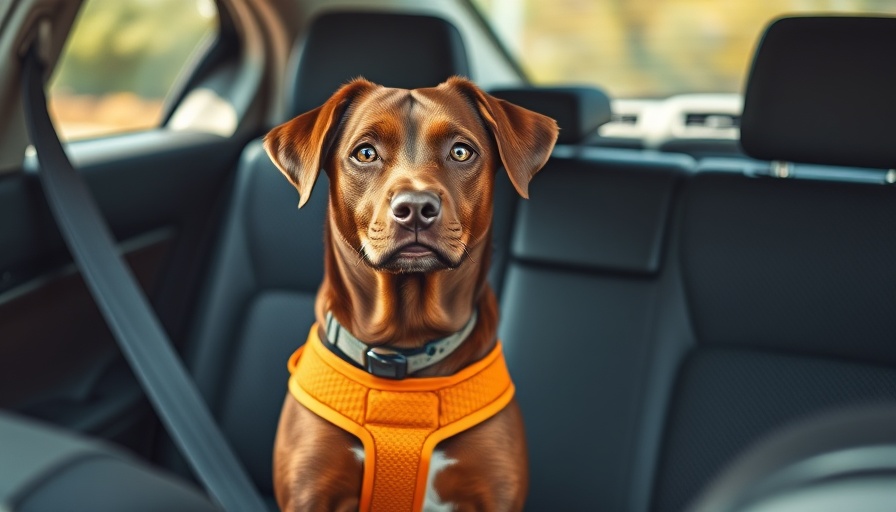
Ensuring Safe Travels: The Importance of Transporting Your Dog Properly
As loving pet owners, our furry friends accompany us on countless adventures, from quick trips to the vet to exciting family vacations. Transporting your dog safely is crucial, not just for their comfort but also for their health and overall well-being. In this article, we will explore key tips and insights on how to transport your dog safely, ensuring a stress-free experience for both you and your pet.
Understanding Veterinary Guidance for Travel
Before embarking on any journey, it's beneficial to consult with your veterinarian. They can provide tailored medical advice regarding your dog’s health status, ensuring they are fit for travel. For instance, dogs with underlying medical conditions might require specific precautions. Understanding these aspects will not only enhance the safety of your pet during transport but also inform you about any necessary preparations like medications or dietary changes that may be needed throughout the trip.
Creating a Comfortable Space for Your Dog
Just like humans, dogs appreciate a comfortable space while traveling. Whether you're traveling in a car, plane, or train, ensure that your dog has a designated area that is cozy and secure. Use a sturdy, well-ventilated crate that allows your pet to stand, turn around, and lie down comfortably. It's advisable to line the bottom with a familiar blanket or towel to give your dog a sense of security. This will help reduce anxiety and maximize their comfort during the journey.
Safety Measures to Take During Transport
Implementing safety measures is essential while transporting your dog. Always use a safety belt or a pet seatbelt harness to secure your dog in the vehicle. This prevents them from roaming freely, which could lead to distractions while driving. Additionally, avoid allowing your dog to stick their head out of the window – this can pose numerous risks including injury from road debris. Make frequent stops to stretch their legs and offer water, ensuring they remain hydrated throughout your journey.
Common Mistakes to Avoid When Traveling with Pets
Many pet owners unknowingly make mistakes that could compromise their dog’s safety during travel. One major mistake is neglecting to acclimatize your pet to travel before the big day. Take small trips to familiarize your dog with the car or crate, ensuring they become accustomed to the experience. Another mistake is disregarding your dog's behavioral needs; consider packing toys or chews to keep them entertained. Additionally, never leave your pet unattended in a hot vehicle, as this can lead to heatstroke.
Tips for Traveling by Air with Your Dog
Air travel can be an additional challenge for pet owners. Always check airline policies regarding pet travel, as each carrier has specific requirements. Make arrangements well ahead of time, and consider whether your pet will travel in the cabin or as cargo. Most importantly, ensure that your dog is up to date on vaccinations and has a suitable identification tag on their collar in case they get lost. A clear understanding of these guidelines will ensure a smoother journey for your dog and peace of mind for you.
Being informed about veterinary guidance and taking careful steps during travel are keys to ensuring that your dog is transported safely. As pet owners, it is our responsibility to prioritize our pets' health and comfort while enjoying the journey together. Embrace these tips, and make each travel experience a positive one for your beloved canine companion.
If you'd like to discuss your pet’s unique needs or seek further veterinary guidance on transporting your dog safely, consider reaching out to a local veterinary clinic. By taking the proper steps and precautions, your dog's travel can be just as enjoyable as yours!
 Add Row
Add Row  Add
Add 




 Add Row
Add Row  Add
Add 

Write A Comment